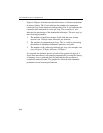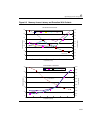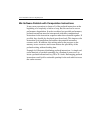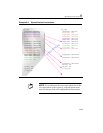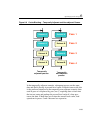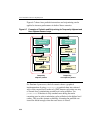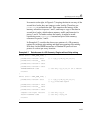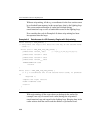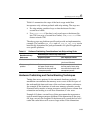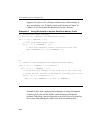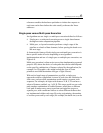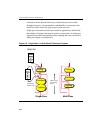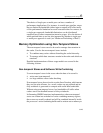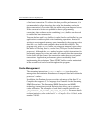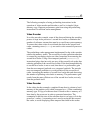
IA-32 Intel® Architecture Optimization
6-38
Without strip-mining, all the x,y,z coordinates for the four vertices must
be re-fetched from memory in the second pass, that is, the lighting loop.
This causes under-utilization of cache lines fetched during
transformation loop as well as bandwidth wasted in the lighting loop.
Now consider the code in Example 6-8 where strip-mining has been
incorporated into the loops.
With strip-mining, all the vertex data can be kept in the cache (for
example, one way of second-level cache) during the strip-mined
transformation loop and reused in the lighting loop. Keeping data in the
cache reduces both bus traffic and the number of prefetches used.
Example 6-8 Data Access of a 3D Geometry Engine with Strip-mining
while (nstrip < NUM_STRIP) {
/* Strip-mine the loop to fit data into one way of the second-level
cache */
while (nvtx < MAX_NUM_VTX_PER_STRIP) {
prefetchnta vertex
i
data // v=[x,y,z,nx,ny,nz,tu,tv]
prefetchnta vertex
i+1
data
prefetchnta vertex
i+2
data
prefetchnta vertex
i+3
data
TRANSFORMATION code
nvtx+=4
}
while (nvtx < MAX_NUM_VTX_PER_STRIP) {
/* x y z coordinates are in the second-level cache, no prefetch
is
required */
compute the light vectors
POINT LIGHTING code
nvtx+=4
}
}



